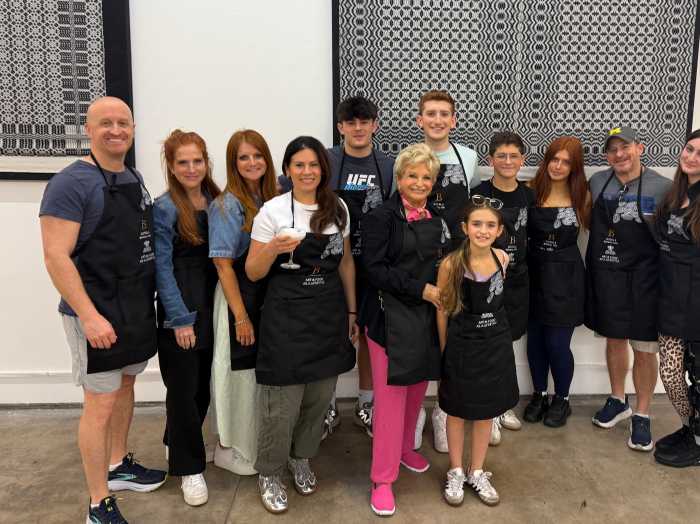Anand Varma was a biology major at the University of California at Berkeley when he took a summer job as a photographic assistant.
The photographer turned out to be on assignment for National Geographic Magazine, and while the job “was essentially to carry around bags,” Varma says, he was doing so in Sequoia National Park while working with a cave biologist to “catch little bugs that hadn’t even been named by scientists.”
He finished his degree, in integrative biology, but was hooked on photography.
“Right away this was super exciting, super fun,” Varma says, “and photography and a camera was just an excuse to go learn about cool stuff in nature.”
Varma himself is now a National Geographic photographer. His work reveals stunning views of creatures, like hummingbirds and honey bees, that you may have looked at but never truly seen. He has also shot mind-controlling parasites and carnivorous bats, which most of us hope to never have to see in real life.
On Feb. 27, Varma will be discussing his work at Town Hall as part of National Geographic Live. amNewYork spoke with him about photographing the birds, the bees and the creepy crawlies.
A lot of your work involves imagining a new way of seeing something. Do you enjoy that aspect?
Absolutely. I see a camera as a way of extending our real perception. … This idea of learning about the biology of an animal, the behavior, the interaction, and knowing ‘OK, this animal does something amazing, how do I figure out how to show that to people? This bee transforms from a white little lump into a hairy flying insect — I know that happens, I see these different things happening in front of me — how do I actually communicate that with a camera?’ That’s a really interesting puzzle to solve and in the process of figuring out the camera rig and the lighting and the incubator to raise the bees and the little problems along the way, that’s a super fun little puzzle to piece together. And when it comes together and you end up with a cool picture, it’s super rewarding to be able to show that to people.
Have you always been interested in smaller things?
That’s certainly where I started. I was interested in nature more broadly, I grew up wandering around the woods in my backyard, and I think what I found is the little stuff was just more accessible. You can sort of dream about lions and tigers and elephants but you were never going to actually see those things. And even birds, I was into bird-watching for a while, but the best look you were going to get was through binoculars at something 50 feet away. And pretty soon you could learn all the birds that you were going to see in the backyard or in the neighborhood, even the state. But with these bugs, these spiders, the millipedes, it was like an additional layer of diversity and complexity and just weirdness. Any log you turned over was going to be something new, something different, something unknown. You could get up close.
Do you ever gross yourself out?
Um. (Long pause.) I’m trying to think. (Longer pause.) I don’t know. It’s always I think the frame of reference. If I find a rat running around a hotel room, or a cockroach in the kitchen, I am a little grossed out, like that’s not supposed to be there. But in the right context, in your own lab and you’re watching a wasp thread its stinger into a cockroach’s brain, the gross factor doesn’t really come into play. There’s so much fascinating interaction happening in that moment, and you can understand, or the science is explaining what the behavior is and what the mechanism is, and so in those cases I think my curiosity and my astonishment and my excitement about this wins over.
If you go: Anand Varma will discuss Beauty and the Bizarre as part of the National Geographic Live! series at Town Hall at 8 p.m. on Tuesday, 123 W. 43rd St., thetownhall.org



































